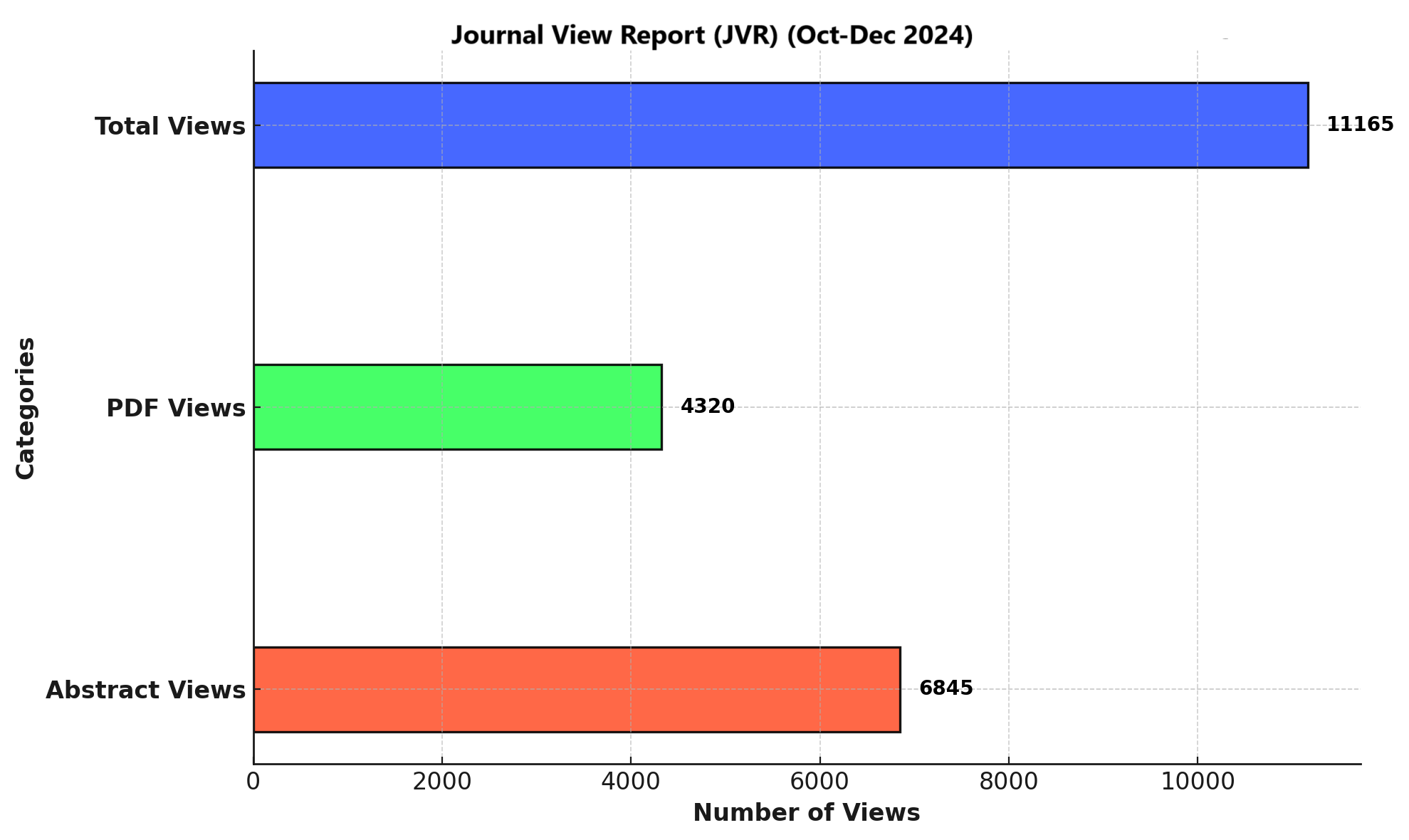ASSOCIATION OF DIASTASIS RECTUS ABDOMINIS WITH LUMBOPELVIC PAIN AND UROGYNECOLOGICAL COMPLAINS IN POST-PARTUM FEMALES, A CROSS-SECTIONAL SURVEY.
DOI:
https://doi.org/10.71000/at1dfw91Keywords:
diastasis rectus abdominus, lumbopelvic pain, low back pain, Pelvic Floor Muscles, Postpartum Period, Urogynecological Complaints, UltrasonographyAbstract
Background: Diastasis rectus abdominis (DRA) is a condition characterized by the separation of the rectus abdominis muscles due to stretching and thinning of the linea alba. It commonly occurs during pregnancy and the postpartum period. DRA has been implicated in contributing to lumbopelvic pain (LPP) and various urogynecological complaints. Understanding its association with these issues in postpartum females is essential to inform preventive and rehabilitative strategies.
Objective: To determine the association between DRA and lumbopelvic pain as well as urogynecological complaints in postpartum females.
Methods: A descriptive cross-sectional study was conducted at DHQ Hospital Haripur from July 2023 to December 2023. A total of 104 postpartum females diagnosed with DRA via ultrasonography were enrolled through convenience sampling. Data on pain and functional limitations were collected using the Numerical Pain Rating Scale (NPRS), Oswestry Disability Index (ODI), Pelvic Floor Distress Inventory (PFDI), and Pelvic Floor Impact Questionnaire (PFIQ-7). Normality was assessed using the Shapiro-Wilk test. Non-parametric tests including Pearson’s chi-square and Spearman’s rho correlation were used. A p-value of <0.05 was considered statistically significant.
Results: The mean age of participants was 34.21±4.90 years. The mean interrectus distance (IRD) at the umbilicus was 25.68±6.83 cm. The chi-square test revealed no significant association between DRA and NPRS (p=0.387), ODI (p=0.150), PFDI (p=0.523), or PFIQ-7 (p=0.285). No significant correlation was observed between DRA and demographic variables, except a weak positive correlation between comorbidities and PFDI (ρ=0.209, p=0.034).
Conclusion: DRA was not significantly associated with lumbopelvic pain or urogynecological complaints in early postpartum females. However, symptoms may manifest over time due to cumulative biomechanical stress, especially in women with higher BMI or persistent DRA.
Downloads
Published
Issue
Section
License
Copyright (c) 2025 Neelam Javed, Kainaat Khan Rabbani, Aqsa Lakhani, Hafiza Sidrah Fareed, Mujeeb ur Rahman, Ayesha Afsar, M Behzad Ali, Sana Muneeb (Author)

This work is licensed under a Creative Commons Attribution-NonCommercial-NoDerivatives 4.0 International License.







